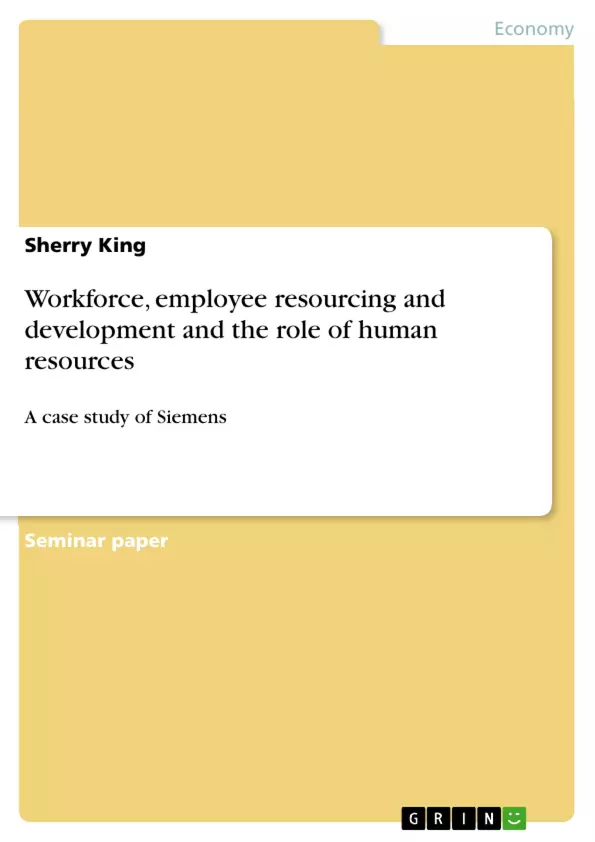In the earlier times, only cash, shares etc. were considered the ‘capital’ for the organization. But with the changing times, the organizations have realized that ‘people’ are its most important resource and they belong to what we term as ‘capital’. Organizations have realized that besides the physical resources (Physical resources are tangible items that the organization uses to get its work done, such as laptops, stationery, printing machines, cooking supplies, mobiles, internet connection etc.) and financial resources (such as allotted funds for various expenditures and budgets fixed and made available to the organization), an organization also has resources which compliment the organization behavior; resources like knowledge, ability, skills acquired decision-making and intelligence of the employees.
Because of the value that people add in the organization, it is essential that organizations realize their importance and take measures to ensure that the needs and expectations of their workforce are fulfilled, regardless of their contribution or the nature of their job. The people who are the resources acting behind the scene, working and contributing to the organization, are the most valuable resources that a company possess and can utilize to create a competitive advantage for themselves.
(Vleet, 2011)
Siemens believe that the people who have the spark to make a difference and do something in life, they are always welcomed and are trained and developed. At Siemens, they have various training and development programs, they value people a lot. Siemens basically believes that their company is run by its employees and they must be taken utmost care of. Siemens also sharpens the skills of the people from time to time so that to ensure continuous employ
ee development keeps going on and on.
Table of Contents
- Introduction
- Part One
- Organization studied: Siemens
- Importance of people in Siemens
- Employee resourcing in Siemens
- Employee development in Siemens
- Role of HR in Siemens
- Part Two
- Key Findings
- Key Findings: Importance of People
- Key Findings: Employee Resourcing
- Key Findings: Employee Development
- Key Findings: HR and its role
- Conclusion
Objectives and Key Themes
This document examines the significance of workforce, employee resourcing, and employee development, along with the role of HR in an organization. The study uses Siemens as a case example to explore these critical aspects of organizational success.- The Importance of People as a Resource
- Employee Resourcing Strategies and Practices
- Employee Development and Training Programs
- The Role of Human Resources in Organizational Growth
- Siemens as a Case Study for Global Human Resource Management
Chapter Summaries
- Introduction: This chapter introduces the concept of "people" as an essential resource for organizations, shifting from traditional views of capital as solely financial. It emphasizes the need for organizations to prioritize employee needs and expectations to foster a successful work environment.
- Part One: This section delves into Siemens as a case study, examining the organization's global presence, its impact on various industries, and its commitment to People Excellence. It discusses Siemens's approach to employee recruitment, development, and management, highlighting their emphasis on continuous development and training.
Keywords
This case study focuses on the importance of human capital, employee resourcing, employee development, and the role of human resources in organizations. Key themes explored include global workforce management, Siemens's People Excellence initiative, employee recruitment and training programs, and the impact of employee satisfaction on organizational success.- Citation du texte
- Sherry King (Auteur), 2014, Workforce, employee resourcing and development and the role of human resources, Munich, GRIN Verlag, https://www.grin.com/document/269802



